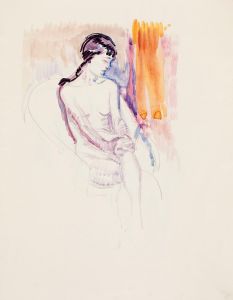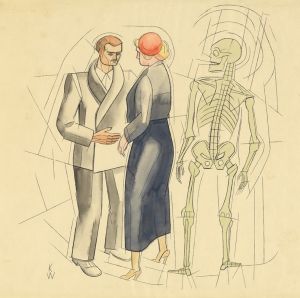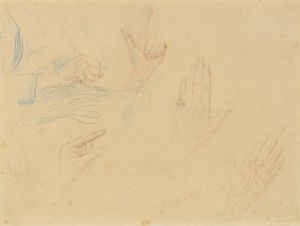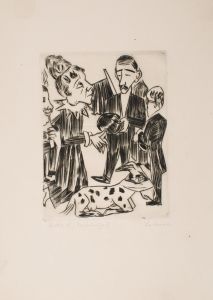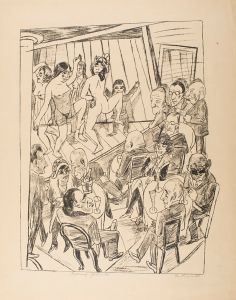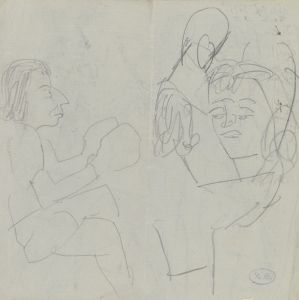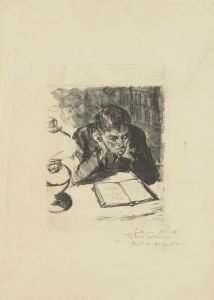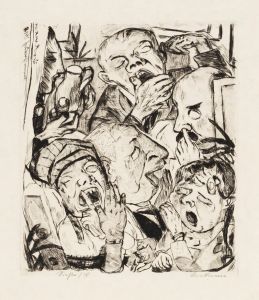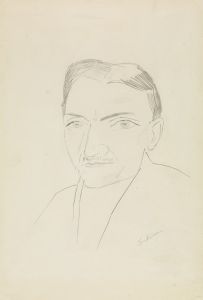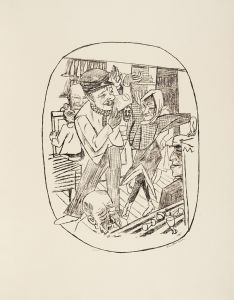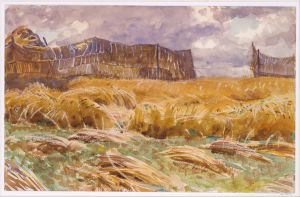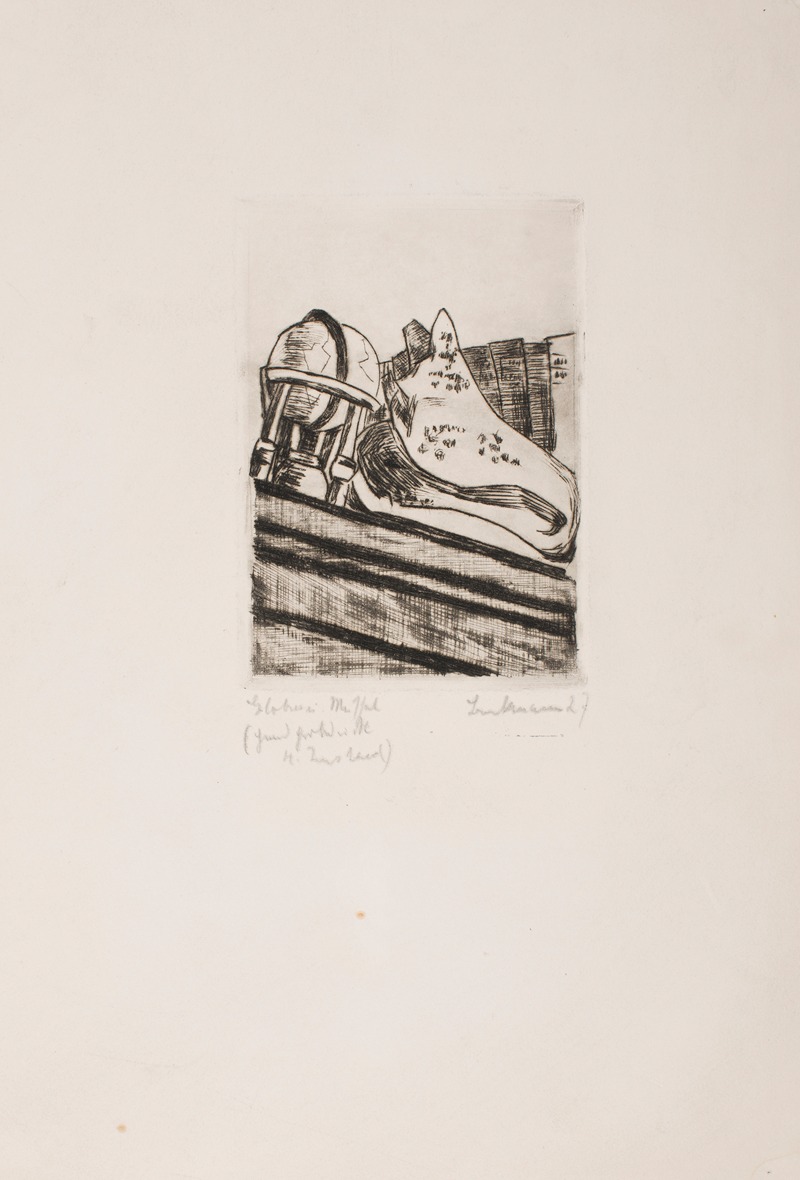
Globe and Shell
A hand-painted replica of Max Beckmann’s masterpiece Globe and Shell, meticulously crafted by professional artists to capture the true essence of the original. Each piece is created with museum-quality canvas and rare mineral pigments, carefully painted by experienced artists with delicate brushstrokes and rich, layered colors to perfectly recreate the texture of the original artwork. Unlike machine-printed reproductions, this hand-painted version brings the painting to life, infused with the artist’s emotions and skill in every stroke. Whether for personal collection or home decoration, it instantly elevates the artistic atmosphere of any space.
"Globe and Shell" is a painting by the renowned German artist Max Beckmann, created in 1938. Beckmann, born in 1884, is often associated with the New Objectivity movement, which emerged in Germany in the aftermath of World War I. This movement was characterized by a realistic style combined with a critical social perspective, and Beckmann's work often reflected the tumultuous socio-political landscape of his time.
The painting "Globe and Shell" is emblematic of Beckmann's mature style, which is marked by bold colors, strong lines, and complex compositions. Beckmann's work during this period often included symbolic elements and allegorical themes, reflecting his interest in exploring the human condition and the existential challenges of the modern world.
In "Globe and Shell," Beckmann employs a rich palette and a dynamic composition to create a visually striking piece. The painting features a globe and a shell, two objects that can be interpreted in various ways. The globe may symbolize the world or the broader universe, suggesting themes of exploration, knowledge, or the interconnectedness of humanity. The shell, on the other hand, could represent nature, protection, or the idea of retreat and introspection. The juxtaposition of these two objects invites viewers to ponder their symbolic meanings and the relationship between them.
Beckmann's use of symbolism is a hallmark of his work, and "Globe and Shell" is no exception. The painting reflects his interest in the dualities of life, such as the tension between the external world and the inner self, or the contrast between the tangible and the intangible. This thematic complexity is enhanced by Beckmann's distinctive style, which combines elements of realism with expressionistic distortion, creating a sense of depth and intensity.
During the time "Globe and Shell" was painted, Beckmann was living in exile in Amsterdam, having fled Nazi Germany in 1937. The political climate of the era, marked by the rise of totalitarian regimes and the impending threat of World War II, deeply influenced Beckmann's work. His paintings from this period often convey a sense of anxiety and uncertainty, reflecting the broader societal tensions of the time.
Beckmann's exile had a profound impact on his artistic output, as he grappled with themes of displacement, identity, and resilience. "Globe and Shell" can be seen as part of this broader exploration, as it encapsulates the artist's ongoing engagement with the complexities of the human experience.
Max Beckmann's legacy as an artist is significant, and his work continues to be celebrated for its emotional depth and intellectual rigor. "Globe and Shell" stands as a testament to his ability to convey profound ideas through the medium of painting, inviting viewers to engage with the symbolic and the enigmatic. Beckmann's contribution to modern art is marked by his unique vision and his commitment to exploring the intricacies of life through his art.





